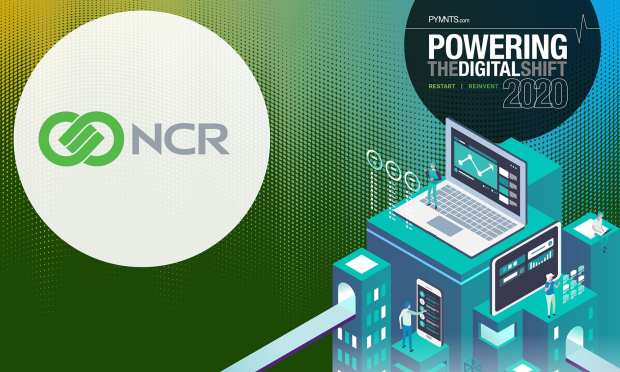Embracing Change In The Wake Of A Pandemic

“The need for frictionless experiences for things like accessing cash flow statements and predictions, optimizing payments and payroll, and loan origination is more critical than ever.”
The revolution will be touchless, or so it would appear as the world emerges from the COVID-19 pandemic. So, how do FIs serve the new consumer? “Banks and credit unions need to embrace a digital-first mindset to provide the touchless conveniences that consumers want to conduct transactions in their day-to-day lives, and that businesses need to maintain operations,” said Doug Brown, senior vice president and general manager at NCR. “They will need to re-evaluate their technology and partners, break down silos and ensure that they have the support and framework to be agile and flexible — or they risk being left behind.”
The following is an excerpt from How 35 Execs Are Powering The Great Digital Shift Of 2020 (And Beyond), contributed by Doug Brown, senior vice president and general manager at NCR.
Digital acceleration is upon us, now more than ever. In just a few months, the way we interact, live and work has rapidly shifted. Many businesses have had to adapt quickly to pivot their offerings, modify the way they do business and enhance the way consumers buy goods. Digital order-ahead with contactless payments and pickup has become embedded into our “new normal.”
Like every industry across the globe, financial services has been no stranger to rapid change. Businesses and consumers are turning to their trusted advisors — their banks and credit unions — for the guidance, advice and tools they need to support their businesses and financial lives.
Countless financial institutions (FIs) have pivoted their offerings and operating models to provide better service and maintain the health and well-being of consumers and employees. Many have realigned their frontline staff to accommodate demand. With little time to prepare, they are quickly bridging the gap between physical and digital channels. They are servicing users remotely through voice, video and chat — maximizing interactive teller machine (ITM) capabilities and live digital chat for everything from conducting complex transactions to scheduling in-branch appointments and pickups.
What’s Ahead
The effects of this great pandemic will have a lasting impact. As we enter the second half of 2020, touchless payments and interactions will be a hyper-focus for stores, restaurants and FIs. Subsequently, with infinitely fewer face-to-face interactions, it is essential for FIs to offer expanded self-service capabilities through digital banking, ITMs and self-service kiosks.
Serving the small businesses hit hard by this pandemic will also continue to be a significant focus. The need for frictionless experiences for things like accessing cash flow statements and predictions, optimizing payments and payroll, and loan origination is more critical than ever.
As many consumers, businesses and gig workers are faced with reduced or lost income, personalized financial assistance and advice will continue to be vital. The financial institutions that will stand out and get ahead will be the ones that embrace this transformation and take their personalization efforts to the next level. By leveraging the abundance of data they already have, FIs have the unique ability to humanize the digital channel by delivering personal and contextual experiences and real-time insights and advice — in the exact moment of need.
Avoid Getting Left Behind
This time has certainly transformed our society. It has proven that digital can no longer have a “set it and forget it” operating model, and that the shift toward digital will have an irrevocable impact. Digital, especially mobile, will require acceleration, faster innovation and frequent updates to rapidly surface improved experiences and new technologies.
Banks and credit unions need to embrace a digital-first mindset to provide the touchless conveniences that consumers want to conduct transactions in their day-to-day lives – and that businesses need to maintain operations. They will need to re-evaluate their technology and partners, break down silos and ensure that they have the support and framework to be agile and flexible — or they risk being left behind.
Read more executives’ insights in How 35 Execs Are Powering The Great Digital Shift Of 2020 (And Beyond).
